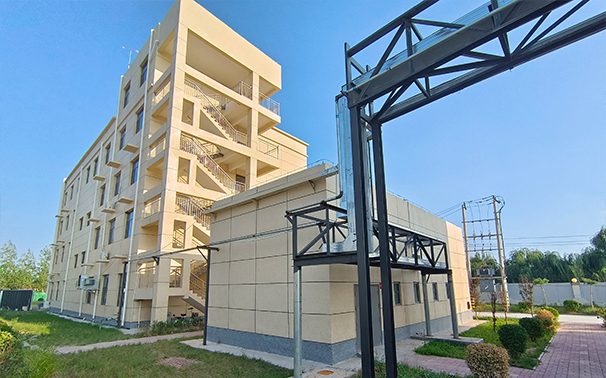Discover the Benefits of Cationic PAM - Enhance Your Water Treatment and Soil Conditioning
Cationic polyacrylamide (CPAM) is a type of synthetic polymer that plays a significant role in various industrial applications due to its unique properties. This water-soluble polymer is primarily used in water treatment, paper manufacturing, and as a flocculant in various processes. Understanding the structure, characteristics, and applications of CPAM can shed light on its importance in modern industries.
CPAM is composed of acrylamide monomers with cationic groups introduced into the polymer chain. This cationic charge enhances its interaction with negatively charged particles in solutions, making it highly effective in coagulation and flocculation processes. The polymer's ability to bridge particles together leads to the formation of larger aggregates, which can then be easily removed from the water, making CPAM an invaluable agent in water purification and treatment processes.
.
Another primary application of cationic polyacrylamide is in the paper industry. It is used as a retention and drainage aid, improving the overall efficiency of the paper-making process. By enhancing the retention of fine particles and fillers, CPAM minimizes the loss of valuable materials during production, which directly translates to cost savings and increased quality of the final product. Its ability to promote the bonding of fibers leads to stronger paper and better printability, making it a preferred choice for manufacturers.
cationic pam

Furthermore, CPAM finds applications in mineral processing, oil recovery, and even in agriculture as a soil conditioner. In mineral processing, it assists in the separation of minerals by promoting the agglomeration of particles. In oil recovery operations, cationic polyacrylamide is used to enhance water flooding techniques, ensuring better extraction of crude oil.
Despite its numerous advantages, the use of cationic polyacrylamide is not without concerns, primarily due to its potential environmental impact. Proper management and disposal practices are essential to mitigate any adverse effects on aquatic ecosystems. Research continues to focus on developing more environmentally friendly alternatives and ensuring the sustainable use of CPAM in industrial applications.
In conclusion, cationic polyacrylamide is a versatile polymer that has transformed various industries, especially in water treatment and paper manufacturing. Its unique properties enable effective flocculation, enhancing operational efficiency and product quality. Continued innovation and research are vital for maximizing its benefits while minimizing environmental risks, ensuring that CPAM remains a valuable resource in the industrial landscape.
-
Understanding Polycarboxylic Acids: Properties, Applications, and Future PotentialNewsJul.28,2025
-
Scale Inhibitor Explained: How to Protect Your System from Limescale and Hard Water DamageNewsJul.28,2025
-
Scale and Corrosion Inhibitors: Essential Chemicals for Industrial Water System ProtectionNewsJul.28,2025
-
Polyaspartic Acid: A Biodegradable Polymer for Sustainable ChemistryNewsJul.28,2025
-
Isothiazolinones: A Versatile Antimicrobial Class with Industrial Power and Regulatory ChallengesNewsJul.28,2025
-
A Deep Dive into 2-Phosphonobutane-1,2,4-Tricarboxylic Acid (PBTC)NewsJul.28,2025





